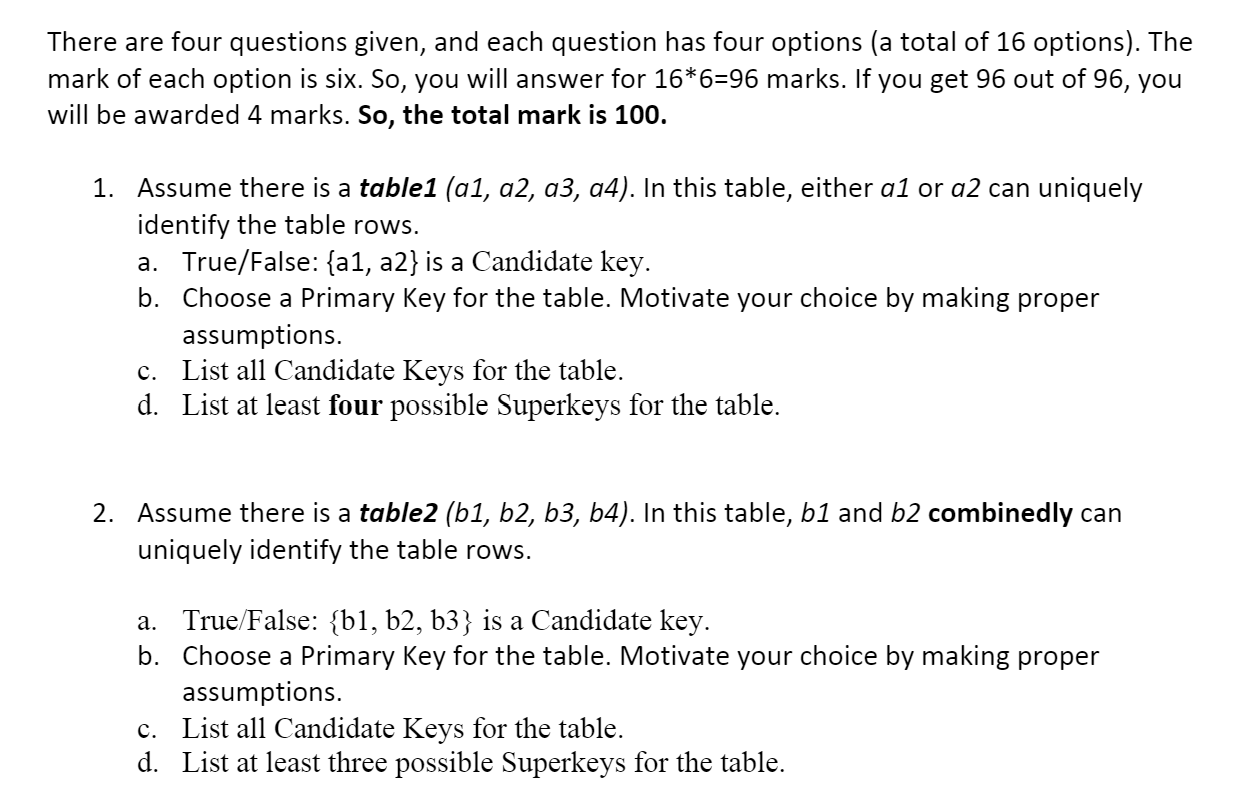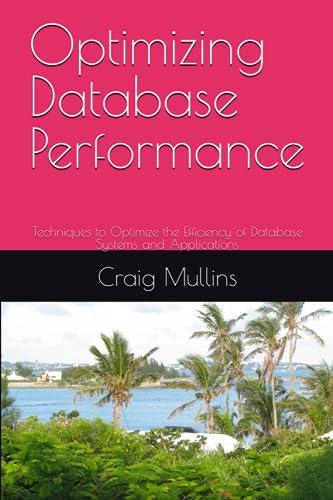Answered step by step
Verified Expert Solution
Question
1 Approved Answer
If you could also explain these, that would be awesome! There are four questions given, and each question has four options (a total of 16
If you could also explain these, that would be awesome!

Step by Step Solution
There are 3 Steps involved in it
Step: 1

Get Instant Access to Expert-Tailored Solutions
See step-by-step solutions with expert insights and AI powered tools for academic success
Step: 2

Step: 3

Ace Your Homework with AI
Get the answers you need in no time with our AI-driven, step-by-step assistance
Get Started


